Schneider MTN670804 Handleiding
Schneider
Niet gecategoriseerd
MTN670804
Bekijk gratis de handleiding van Schneider MTN670804 (23 pagina’s), behorend tot de categorie Niet gecategoriseerd. Deze gids werd als nuttig beoordeeld door 259 mensen en kreeg gemiddeld 4.6 sterren uit 130 reviews. Heb je een vraag over Schneider MTN670804 of wil je andere gebruikers van dit product iets vragen? Stel een vraag
Product specificaties
| Merk: | Schneider |
| Categorie: | Niet gecategoriseerd |
| Model: | MTN670804 |
Heb je hulp nodig?
Als je hulp nodig hebt met Schneider MTN670804 stel dan hieronder een vraag en andere gebruikers zullen je antwoorden
Handleiding Niet gecategoriseerd Schneider
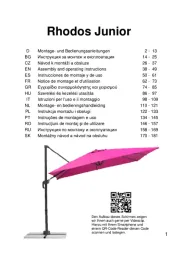
2 September 2025
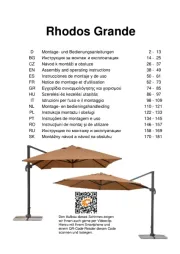
1 September 2025

11 Augustus 2025
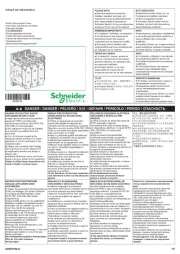
6 Juli 2025
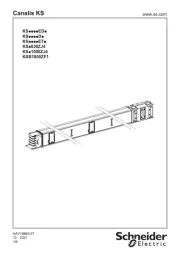
6 Juli 2025
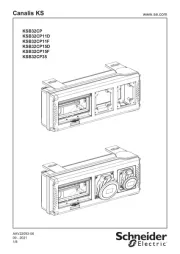
6 Juli 2025
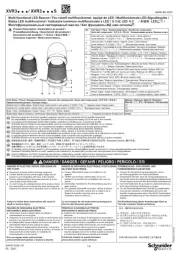
6 Juli 2025
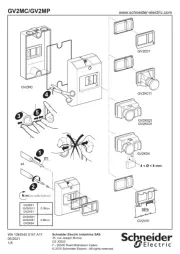
5 Juli 2025
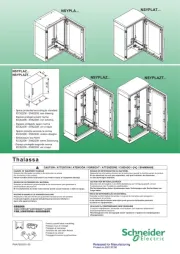
5 Juli 2025
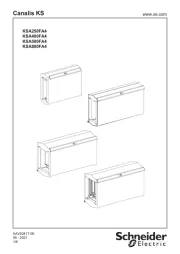
5 Juli 2025
Handleiding Niet gecategoriseerd
- Dnt
- Ledlenser
- EVE
- Genesis
- Sungrow
- Omiindustriies
- Silver Cross
- Moulinex
- Aquatic AV
- VAX
- For.A
- JD Bug
- HPRC
- Habitat
- GVM
Nieuwste handleidingen voor Niet gecategoriseerd
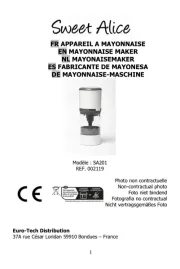
15 September 2025

15 September 2025

15 September 2025
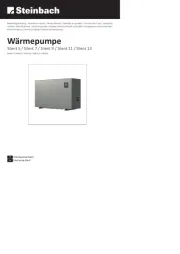
15 September 2025
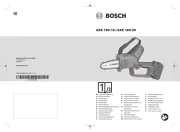
15 September 2025
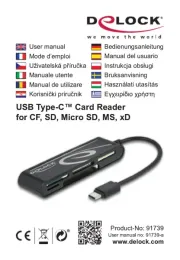
15 September 2025

15 September 2025
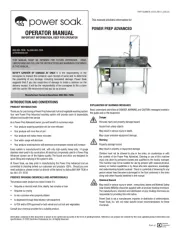
15 September 2025

15 September 2025
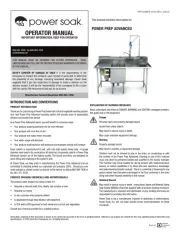
15 September 2025